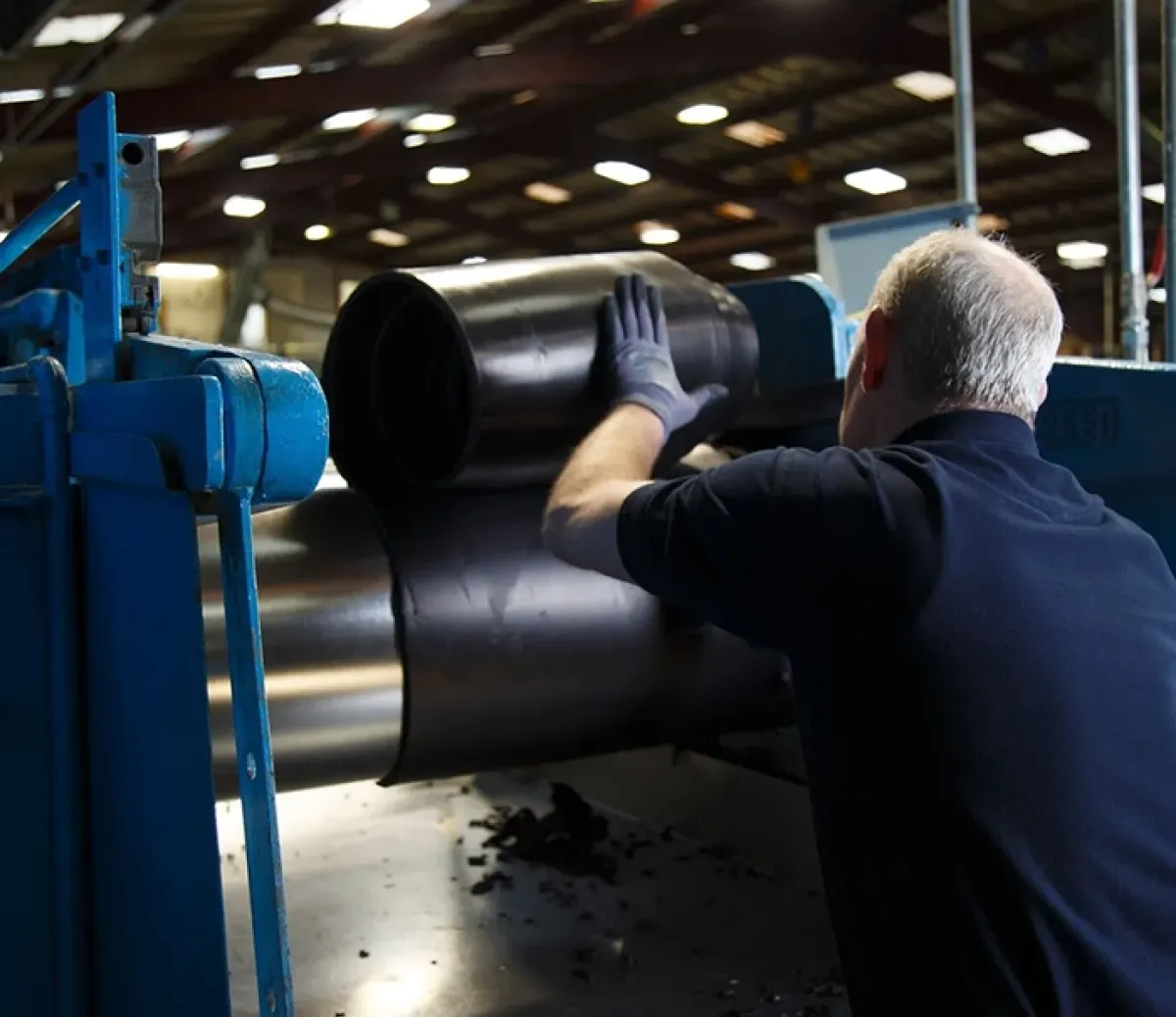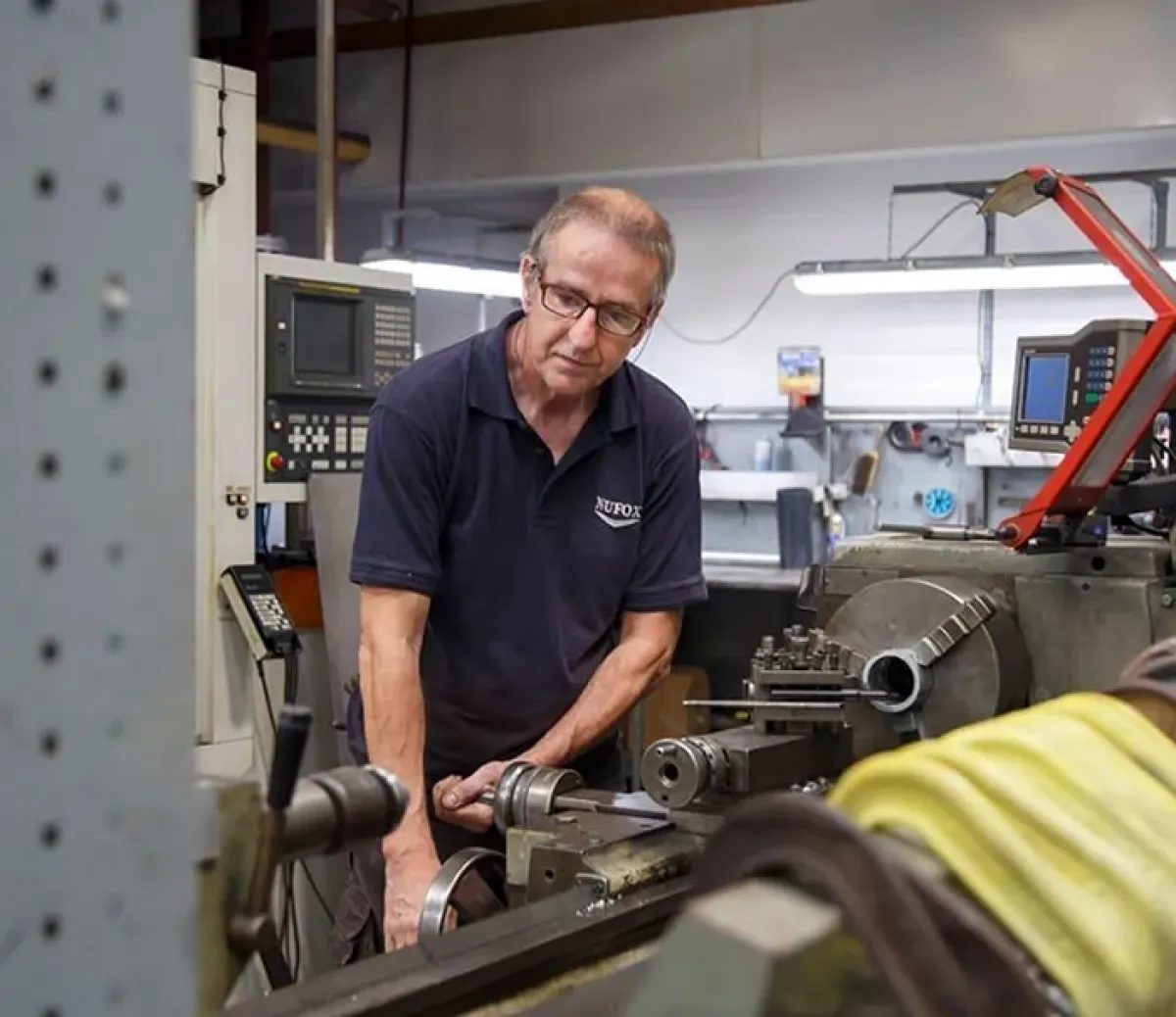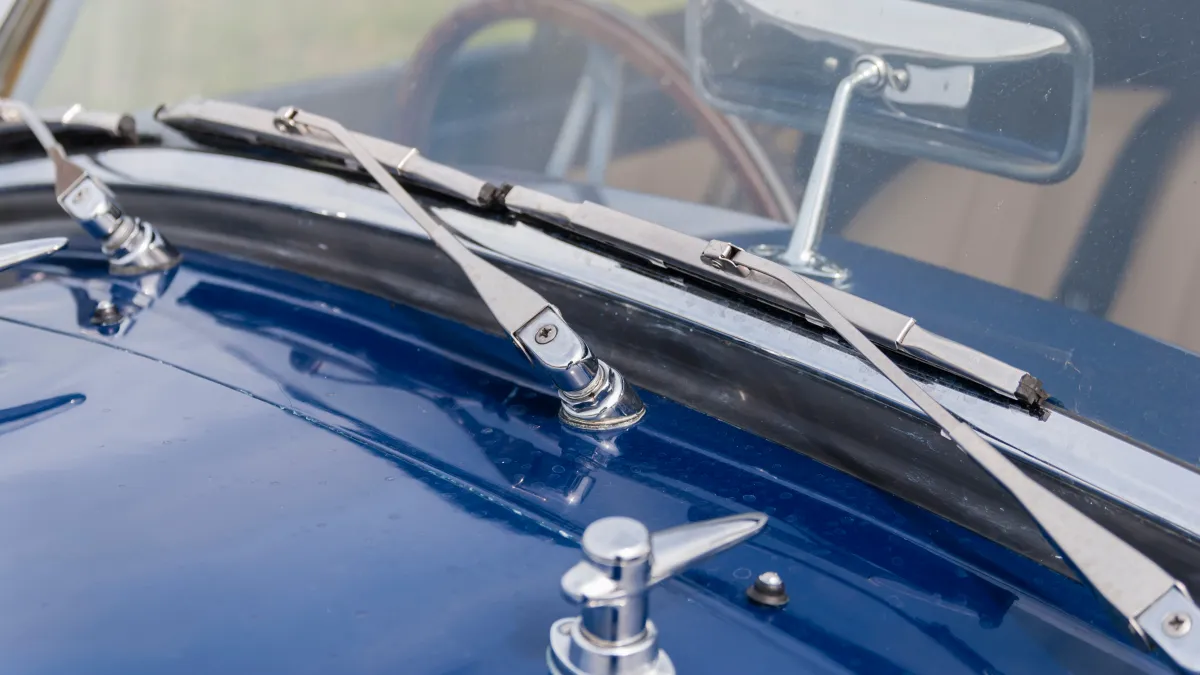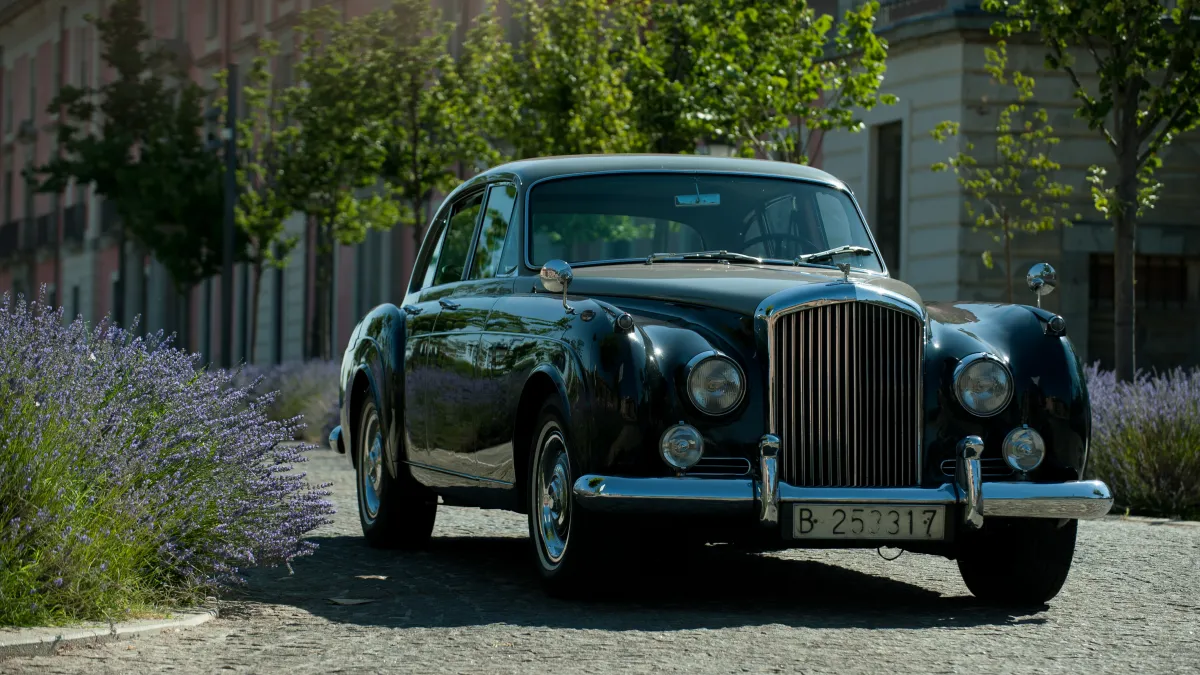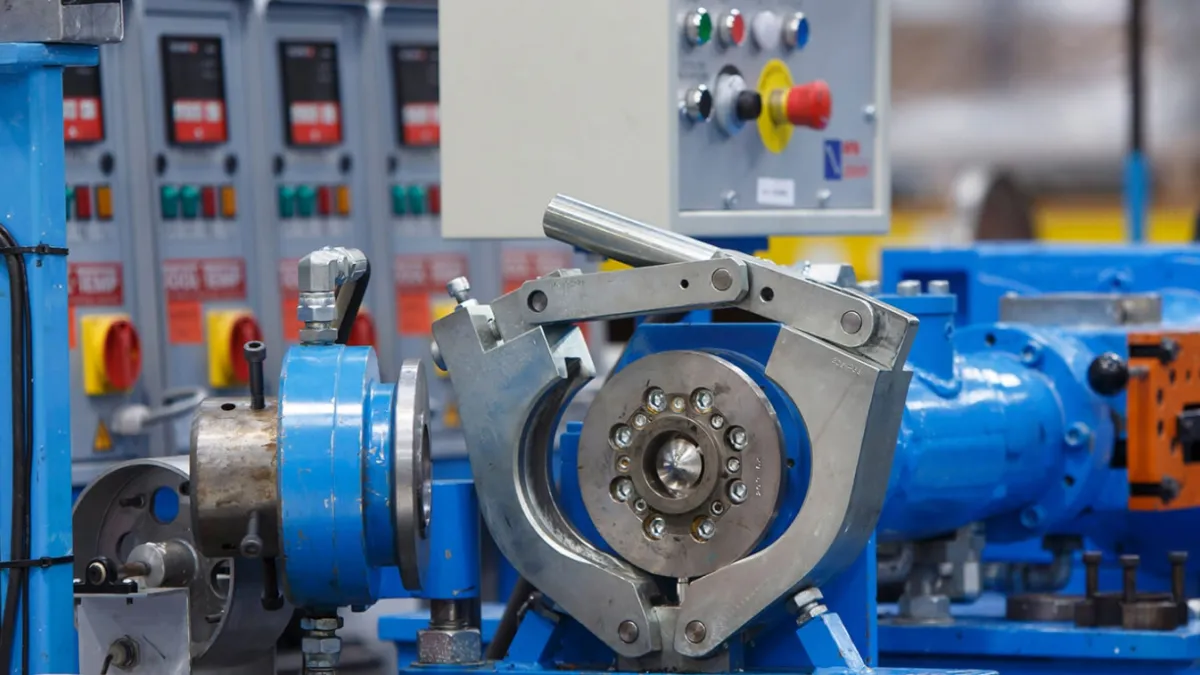By using this website, you agree to our Privacy Policy
×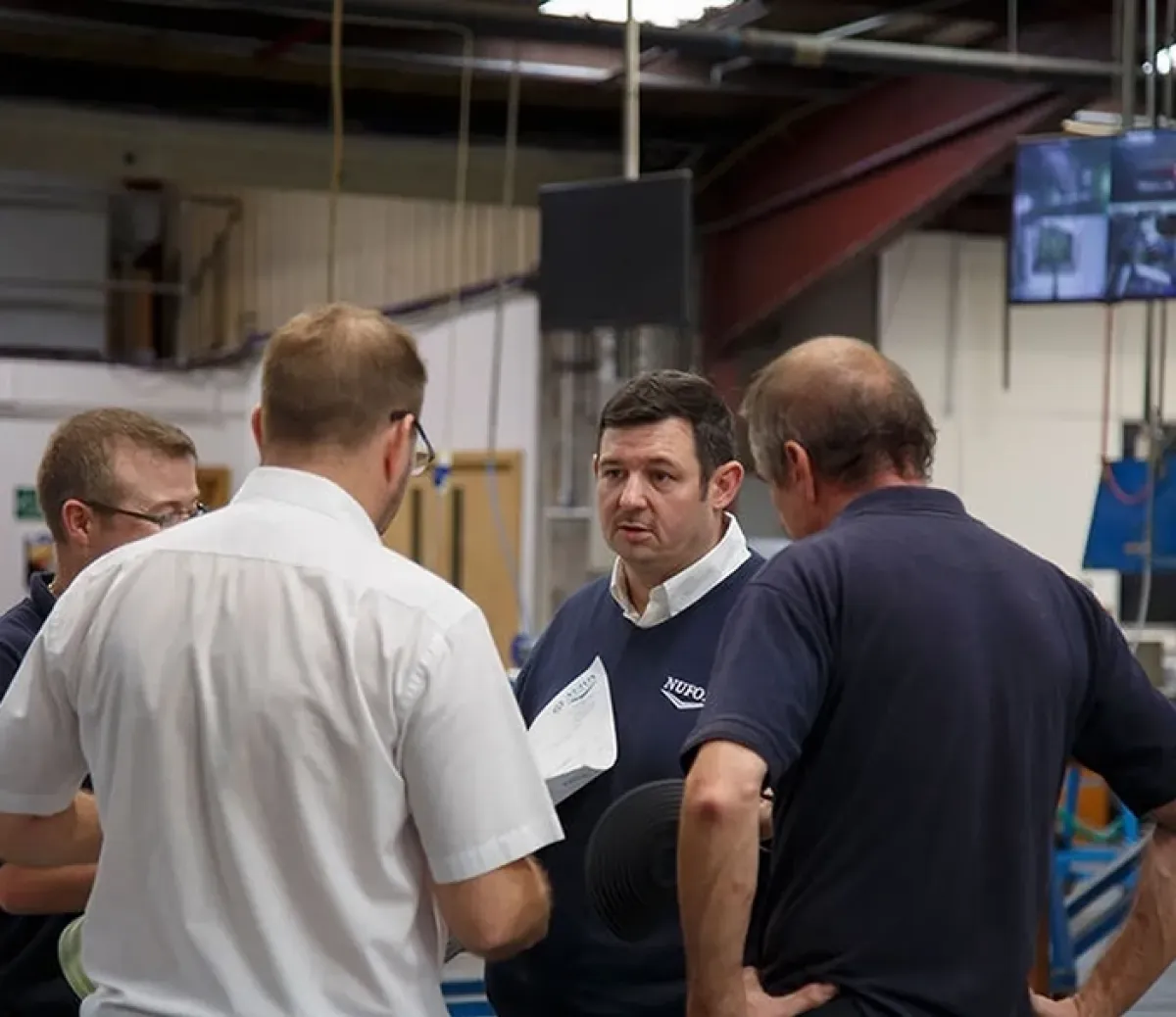
A Guide to Custom Rubber Extrusions for Preserving Classic Cars
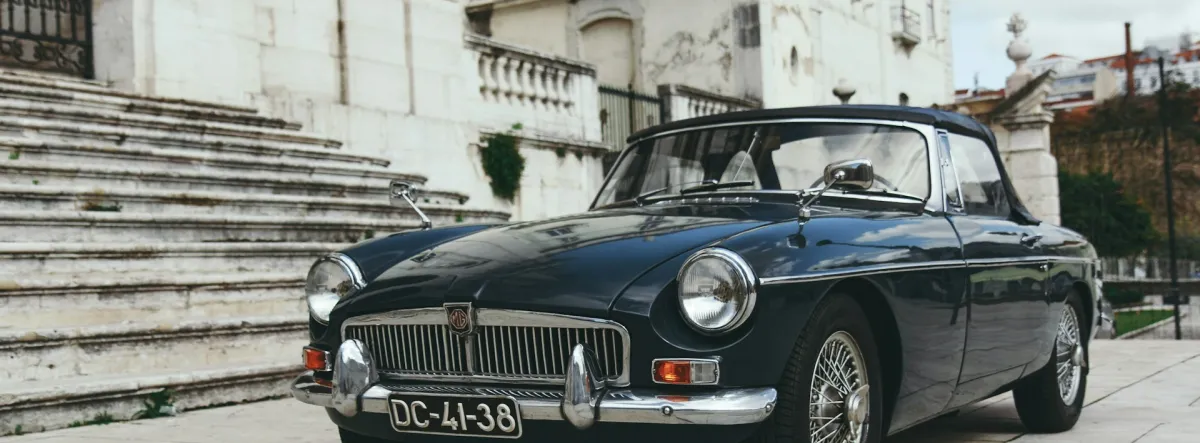
Seeing a classic car on the road is a sentimental glimpse into the past, and without the dedication of classic car fans and enthusiasts carefully keeping these vehicles in working condition on the road and at car shows, we wouldn’t get to enjoy them the way we’re supposed to.
But the truth is that restoring, renovating, and maintaining classic cars is a labour of love. It requires time, effort, and money to source the right parts, suppliers, and manufacturers, ensuring the car's design stays high fidelity despite years of design evolution.
Rubber extrusion is a common manufacturing process used to recreate classic car parts. Thanks to its nature, highly custom pieces can be created easily and without matching the cost of a rare vintage ride. Read on for a guide to rubber extrusion in classic car parts.
Importance of Custom Rubber Extrusions in Classic Car Restoration
Finding the right parts for a classic car is a serious undertaking. You might have to carry out a thorough and detailed search to find parts from similar cars that have been written off. The issue with this is that the quality is obviously degraded. Finding well-preserved—or even better, never used—replacement parts is ideal, but how often does this happen?
Parts manufactured from scratch provide the best quality to ensure the longevity of your repairs and upkeep. However, because classic car designs are out of production, these specific parts would need to be custom-made with accuracy and integrity to the original design.
This is where rubber extrusion comes in. Rubber extrusion is crucial for making classic car replacement parts because it allows for the precise creation of durable, flexible seals needed for components like windows, doors, and hoods. This process involves shaping mouldable rubber into specific forms to guarantee a perfect fit. The versatility of rubber extrusion means that virtually any custom part can be made, which is essential for recreating specific classic car parts that are now out of production. Materials like EPDM enhance durability and weather resistance, maintaining the integrity of vintage vehicles.
Types of Rubber Extrusions Used in Classic Cars
We start with selecting the best material for classic car parts. EPDM is one of the most common synthetic rubbers used for this application. It is known for its excellent resistance to weathering, ozone, and UV light, making it ideal for seals and gaskets. But other rubber compounds can be used, too, like silicone rubber, which provides high-temperature stability and flexibility, and resistance to UV light .
Thanks to its extreme versatility, rubber extrusion can be used to create a huge number of replacement car parts. Here’s a list of the most common ones.
Window seals: a tight seal around windows to prevent water and air leaks.
Door seals: to prevent water, air, and noise intrusion.
Hood seals: protect the engine compartment from water and debris.
Trunk seals: keep the trunk area sealed against water and dust.
Windshield seals: secure the windshield in place and prevent water leakage.
Weatherstrips: seal gaps and reduce noise in various areas of the car.
Bumper seals: cushion and protect the bumper, as well as sealing gaps.
Body seals: around different parts of the car body to prevent water and air leaks.
Channel seals: U-shaped or other profiled seals used in channels around windows and other parts.
Edge trims: protect the edges of metal parts and provide a finished look.
Gaskets: create a seal between two surfaces in various areas of the car.
Rubber extrusions are created when softened rubber is forced through a recess in a die: a metal plate with a custom-cut recess in it called a profile. This is essentially a stencil, and the recess determines the cross-sectional shape of the end product. Because of the nature of rubber extrusion production, it’s ideal for creating items that need to be one continuous shape of a certain length, like a seal that goes along the edge of a window.
How to Choose the Right Rubber Extrusions
Getting the right part is crucial. Don’t sabotage yourself by cutting corners or settling for compromise. Here’s how to guarantee the right rubber extrusion.
Matching Original Specifications
Authenticity is key in restoration projects, and not just for aesthetic value. This is especially true in classic car restoration, as fittings must be precise to protect the car’s integrity, especially if it’s being taken out on the road. In the world of rubber extrusions, this means creating parts that replicate original dimensions, shapes, and materials exactly, or as close to the original design as possible. This ensures the historical accuracy of the car is preserved as well as its quality and safety to use. Imagine the wrong weatherstripping leading to leaks in your car, which ruin the upholstery. Some things are easier to replace than others, and rubber extrusions are one of these things.
Compare new extrusions with the original parts from the car using detailed measurements and photographs.
Refer to the car manufacturer's original documentation or blueprints to verify specifications.
Hire a restoration expert or consult a specialist with experience with the classic car's specific make and model.
Product Properties
Whether or not it’s possible to match the original material used, paying attention to the product's properties is important. In fact, with innovations in rubber parts replicas, better options might be available. For example, silicone rubber and high-quality EPDM have better resistance to weathering through temperature extremes and UV damage than natural rubber. Ensuring the material can withstand harsh environmental conditions without degrading ensures the longevity of the replacement.
Ask suppliers for samples of the rubber materials to test their quality and durability.
Verify that the materials meet industry UV resistance, flexibility, and weatherproofing standards.
Look for reviews and case studies from other classic car restorers who have used the same products to gauge their performance.
Supplier Suitability
Establishing a partnership with a reputable rubber extrusion supplier or manufacturer is vital, especially for car clubs or specialist distributors. Looking for a supplier that already creates car parts or, even better, specialises in classic car parts (many suppliers do) is the best way to ensure reliability, expertise, and product accuracy. Reputable suppliers also often offer custom options, giving you the opportunity to recreate a part currently out of production.
Look for suppliers with positive reviews and a strong track record in producing rubber extrusions for classic cars.
Ensure the supplier offers customisation options to replicate specific parts accurately.
Environmental Factors
Recent innovations in rubber compounding are making way for more sustainable and high-performance solutions in automotive restoration. For example, a new natural rubber compound enhanced with high-performance EPDM reduces the carbon footprint of the rubber by more than 50% compared to conventional chloroprene rubber. This compound not only offers improved environmental credentials but also resists both extreme heat and cold, slowing down material ageing and broadening the range of climate conditions classic car seals can withstand. Such advancements show us that greener, longer-lasting rubber products for classic vehicles are becoming more of a possibility.
The automotive industry at large is increasingly adopting eco-friendly rubber alternatives, such as low-carbon EPDM, to meet sustainability targets and reduce overall CO₂ emissions. These materials are produced using bio-based or recycled feedstocks and energy-efficient processes, aligning with net-zero and circular economy goals.
Customisation Options for Classic Car Rubber Extrusions
Classic car rubber extrusions made to order guarantee you’ll have the perfect part. Nufox Rubber is a custom rubber extrusion specialist serving car clubs and specialty distributors to assist with niche maintenance and refurbishing projects. We produce a range of rubber hoses, windscreen rubbers, and trims for vehicles dating back to the 1900s via a reverse-engineering process that can be applied to any rubber part in any classic, vintage, or legacy vehicle. We take client samples and diagrams to reproduce parts. Take a look at our processes below.
Design Process
Experienced technical teams: access to a vast portfolio of tried and tested compounds; new formulations developed as needed.
Advanced facilities: state-of-the-art extruders, presses, fabrication facilities, and vulcanisation methods ensure optimal processing of solid rubber products.
In-house tooling: rapid turnaround in tooling production due to in-depth knowledge of rubber processing and in-house design and manufacturing.
Prototype development: establish processing parameters, produce prototypes, and provide agreed quantities for evaluation and feedback.
Supplier assessment: thorough assessment and continuous evaluation of compound suppliers.
Material evaluation: incoming materials are checked by the technical department to ensure conformance.
Quality Process
Testing: compound and product testing in a fully equipped laboratory to confirm compliance with customer specifications.
Bespoke testing: custom-designed tests for specific products conducted in-house or with the customer.
Consistency of supply: production parameters are recorded and issued with each order to ensure consistency.
Operator checks: operators confirm correct compounds and record batch numbers for traceability.
Pre-Production checks: operators verify product size and adjust speeds, temperatures, and pressures to maintain tolerances.
Continuous inspection: ongoing dimension checking and visual inspection during production.
Final checks: dimensional, visual, and physical property inspections (e.g., hardness) before final approval.
To further improve the durability of rubber components, manufacturers often incorporate anti-degradation agents, also known as anti-degradants or anti-reversion agents. Products like Perkalink 900 are effective at preventing reversion, the breakdown of rubber crosslinks under heat and stress, by substituting stable crosslinks for unstable ones. This results in improved heat stability, resistance to thermal degradation, and extended service life for rubber parts- especially valuable for classic car restorations.
Maintenance Tips for Classic Car Rubber Extrusions
To extend the life of replacement rubber extrusions and preserve the integrity and aesthetic of your classic car, here are some tips from enthusiasts and professionals.
Regular Cleaning
Establishing a regular maintenance schedule is key to preserving rubber seals. Clean seals every 2–3 months with mild soap and water, avoiding harsh chemicals that can degrade the material. For vehicles stored outdoors or driven frequently, monthly inspections and treatments are advisable. Regular maintenance not only prevents drying and cracking but also ensures optimal performance and weather resistance.
A diluted bleach solution (three parts water to one part bleach) can be used for heavily soiled rubber. Ensure your bleach solution is correctly diluted, as bleach is a harsh chemical that may contribute to accelerated ageing if not used sensitively. Always rinse thoroughly with clean water and dry completely to prevent mould and mildew growth.
Conditioning and Protection
Applying a high-quality rubber conditioner or protectant helps maintain rubber extrusions' flexibility and durability. Products containing UV inhibitors, like Meguiar's Ultimate Black, help protect the rubber from sunlight damage. Some people recommend soaking rubber parts in oil of wintergreen to restore flexibility and prevent brittleness. But evidence shows this can actually cause old rubber, which is no longer polymerised, to swell and soften, rendering it unusable.
Inspection for Damage
Regularly inspect rubber extrusions for signs of wear, cracking, or hardening. Pay special attention to areas exposed to the elements, such as window and door seals. Early detection of damage can prevent further deterioration. If the rubber is too far gone, carefully remove the damaged sections with an abrasive file or emery cloth and reapply rubber conditioner to the abraded areas.
Proper Lubrication
Lubricate rubber seals with a silicone-based lubricant to maintain flexibility and prevent them from sticking to metal or glass surfaces. Avoid petroleum-based products as they can degrade the rubber over time. Apply the lubricant evenly and remove any excess to avoid attracting dirt and debris. Silicone rubber or sealant can be used for small repairs, smoothing it to the desired shape with a finger dipped in soapy water.
Seasonal Storage
If you store your classic car for extended periods, especially in cold weather, take steps to protect the rubber extrusions. Keep the car in a garage out of direct sunlight to prevent UV damage. Use a car cover for additional protection, and ensure the storage area is cool and dry to prevent the rubber from drying out or becoming brittle. Periodically check and condition the rubber extrusions during storage to maintain their integrity.
Advanced Techniques
For severely weathered rubber seals, alternative methods, such as boiling in water with a small amount of soap, can restore flexibility. Every 5 minutes, remove the seal using tongs and test its condition. This method can be labour-intensive but effective. Scrubbing smaller, lightly soiled rubber seals with almond oil is anecdotally reported to restore lost flexibility and clean away dirt and grime.
Contact us today to enquire about rubber extrusions for classic cars. Or take a look at other articles in our blog for a detailed look at rubber extrusion services, materials, and processes.




news
Continue reading
Speak to One of Our Experts
Contact UsLEARN
INDUSTRIES
PRODUCTS
BRANDS
GET IN TOUCH

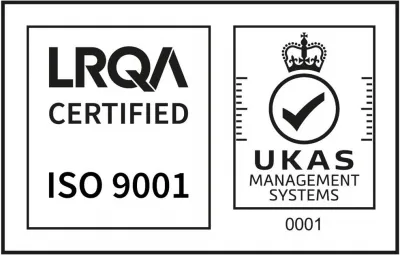
- © 2025 Nufox. All rights reserved |
- Terms & Conditions |
- Privacy Policy |
- Download ISO Certificate | Web Design MadeByShape
